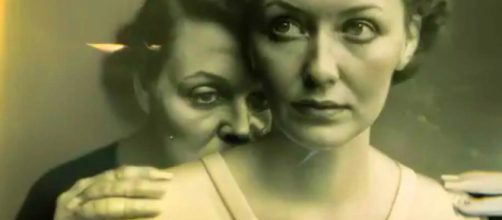I’m doing an about-face here, a flip-flop on artists who use artificial intelligence to create their imagery.
Last year I faulted an operatic “painting” of flowing-robed female figures titled “Space Opera Theater” by Jason Allen, the first-place winner in the Colorado State Fair’s fine arts competition.
The stagy image was a photograph generated by a text-to-image synthesizer called Midjourney to create the image. Allen prompted the tool with words like “opulent,” “lavish,” and “Leonardo da Vinci’s style.”
When Allen won the competition, I said his machine-made painting wasn’t a painting.
Now I think that’s not the point. “Space Opera Theater” is more than machine-made. The descriptive words fed into the machine were Allen’s, and so were the choices of images. Midjourney offers billions.
Alternate reality
Allen’s statement to the Washington Post last year came back to haunt: “If there’s one thing you can take ownership of, it’s your prompts” – what you tell the machine to do. It’s only a tool he said, “just like the paintbrush is a tool. Without the person, there is no creative force.”
As a longtime paintbrush pusher, I was slow to see the merits of what Allen did until last week when another first-place winner in an art contest – the Sony World Photography Award – also used AI-generated imagery to create “The Electrician.”
Boris Eldagsen, a Berlin-based photographer, said in a statement that he purposely used artificial intelligence in the competition to kick-start a discussion about the difference between photography and what he calls “synthetic imagery.”
What you see in “The Electrician” is an old-timey black and white photo of two women - one wary-eyed and the other hiding behind her looking scared.
Surprisingly overlooked in Eldagsen’s desire for a discussion about artificial intelligence is what his image of these women suggests.
Rorschach test
Art is like a Rorschach test. It holds the same ask as the inkblot: what do you see? There are no right answers. But it’s always the image that matters, not the tool that creates it.
Eldagsen turned down Sony’s award saying he was just testing the difference between traditional camera art and the machine-made variety. On his website, he wrote, “AI is not photography.” He gave it another name: promptography.
Clearly lost in the way a picture is made, Eldagsen forgets what his picture may mean – a threat of domestic violence, perhaps? Whatever it says, his choices of AI images did the talking.
If his concern is that promptography isn’t original, what does he make of the photos in Barbara Kruger’s well-regarded work. They’re not hers, either.
If you compare Kruger’s photos that she lifts from magazines and AI-generated photos lifted from the internet, you can take comfort that at least the AI-variety rolls them into a one-of-a-kind.
But here’s the thing, as I see it. It doesn’t matter that Kruger uses “found” images because she uses them with provocative sayings about contemporary issues like consumerism, as in “I Shop, Therefore I Am.”
The message is the thing, not the means. Does anyone really care, for example, that when Johannes Vermeer painted "Girl Reading a Letter at an Open Window," he used camera obscura, an optical device that helped him produce photo-real effects?
OK, let’s hear it. I expect an outcry from both painters and photographers, and I aim to be gentle with them. I know where they’re coming from. I’ve been there.
But I think we need to look at AI-generated imagery in the same way we look at any visual art – for its meaning, nots its mean. Fixating on the tools that make a picture is like paying attention to, say, Michelangelo’s “Pieta” for its style.


